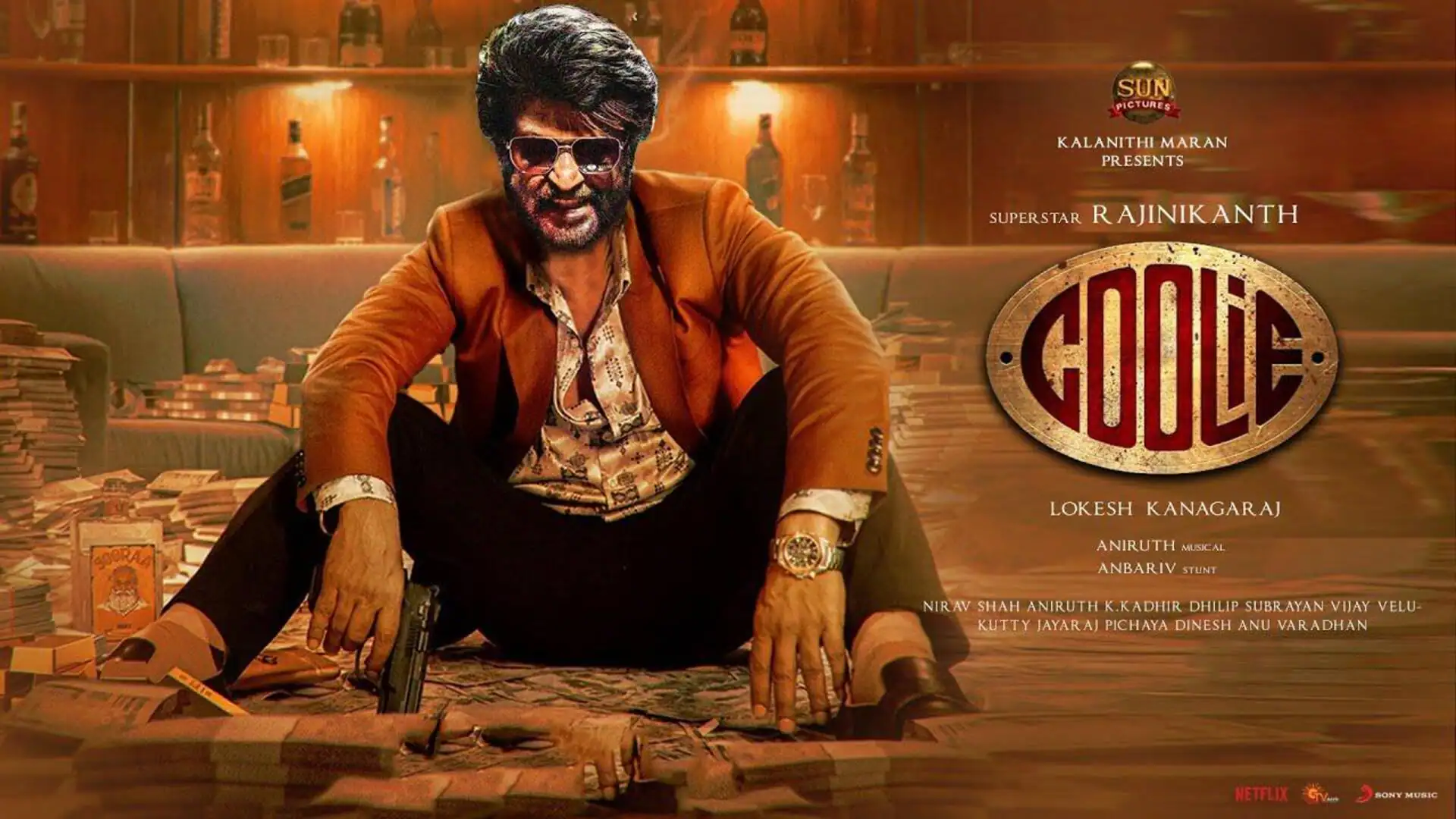Manmohan Singh, the architect of modern India’s economic growth, has always been recognized for his distinctive blue turban. The iconic headgear, often a subject of admiration and curiosity, holds a deep, personal connection to Singh’s past. In a revealing speech during his honor with a Doctorate of Law in 2006, Singh unveiled the meaning behind his choice of color, giving insight into a part of his life that was as deeply connected to his academic past as it was to his political career.
The event, attended by a distinguished crowd, including Prince Philip, who took notice of Singh’s blue turban, became a memorable moment. “Look at the colour of his turban,” remarked the Duke of Edinburgh, sparking applause from the audience. In response, Singh smiled and shared that light blue was one of his favorite colors, a hue that was a constant presence in his life, dating back to his time at the University of Cambridge.
During this special moment, Singh elaborated on the significance of the blue turban. “Blue is one of my favourites and is often seen on my head,” he explained, recalling how his peers at Cambridge had affectionately dubbed him “blue turban.” This connection to his alma mater was more than just a sentimental attachment—it reflected the values that shaped his career, including open-mindedness, intellectual curiosity, and a fearlessness that guided his decisions.
Singh’s time at Cambridge was instrumental in shaping his career. He credited renowned economists such as Nicholas Kaldor, Joan Robinson, and Amartya Sen with influencing his economic views, leaving a lasting impact on his legacy. The tribute to his university and his academic experiences was not just a personal reflection but a testament to how his time at Cambridge laid the foundation for the economic reforms that would define his tenure as Prime Minister.
Singh’s remarkable journey from Cambridge to becoming India’s first Sikh Prime Minister culminated in him guiding the nation through one of its most prosperous economic phases. From 2004 to 2014, Singh’s leadership transformed India’s economy, lifted millions from poverty, and positioned the country as a growing global economic power.
However, the legacy of the blue turban is not just tied to his professional achievements. It became a symbol of his identity and the values he upheld throughout his life. Whether in the halls of Cambridge or in the corridors of power in New Delhi, Manmohan Singh’s blue turban remained a consistent and cherished part of his public persona.
Manmohan Singh’s Passing and Legacy
Manmohan Singh, aged 92, passed away on Thursday night at the All India Institute of Medical Sciences (AIIMS) in New Delhi after a sudden loss of consciousness at home. He was rushed to the hospital, where he later passed. Singh’s body will be kept at the All India Congress Committee (AICC) headquarters for public viewing, allowing admirers to pay their respects.
As the first Sikh Prime Minister of India, Singh’s tenure from 2004 to 2014 marked a period of unparalleled economic growth. His leadership, economic reforms, and commitment to social justice left an indelible mark on the country. India mourns the loss of a visionary leader who not only reshaped the nation’s economy but also demonstrated a deep commitment to intellectual rigor and public service.
ALSO READ: India Mourns Former Prime Minister Manmohan Singh’s Passing: Public Viewing and Tributes Begin























